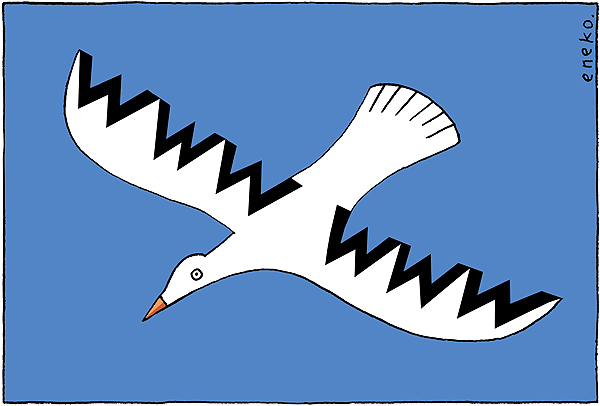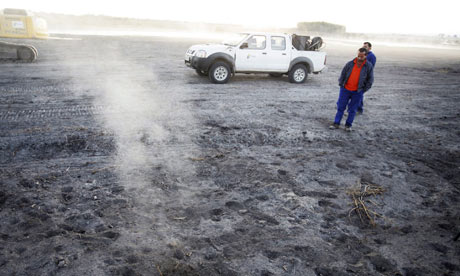
Seven personal views on some myths about academics (I am an academic indeed!):
I) I do not have 3 month of
holidays. Indeed, last year I only took 3 weeks off.
II) I will not be teaching the
same
courses for 30 years. No. Indeed, I hope to change courses every three or four years to promote the development of new ideas and enrich my knowledge and thus enrich student learning experience.
III) I do not only
teach. I am a researcher at heart and that is why I am in the university. It happens that teaching is a very rewarding activity for me too but it is less then half of my motivation and only takes 30% of my time (but that is because I work after hours too much).
IV) I am not stuck in the
campus. I travel regularly (once or twice a month) to international destinations for meetings, conferences and presentations. Academia is no longer a lecture-based job and more frequent international mobility is required to succeed in research.
V) I am not, at least not all the time, in an
ivory tower. I do solve real life problem. About 5 to 10% of my time is devoted to consultancy job to solve industry problems that come to us for expert advise. 50% of my research time is to solve problems that are taking place right now for which a solution is needed in the medium time. 70% of my sponsoring funds come from industry.
VI) I do care about
progress. Research produces the knowledge that is required for tomorrow's technology; as someone said "some of my clients have not been born yet". As a scientist, I believe in the longer term investment for solutions, as an engineer I believe in the short to medium term.
VII) I do not like and I do not support professional
endogamy in academic departments. Only the best should be hired. Endogamy is the enemy of long term progress and hinders excellence, at home and abroad. At a few very particular times of crisis and lack of stability, it could be somehow beneficial in the short term. Rarely useful, frequently abused.
extra) To be an academic, apparently, you need a big
ego (this results from a survey to the statistically meaningful sample of my colleagues and I)
More later...
Cheers!
G.
PD: I posted this text in my blog at the
Institute of Physics, but then realized that it is only open to IoP members!...
 In order to avoid the later release of this carbon when the plant dies or is destroyed, biochar technology could be used. Biochar (stable, solid and rich-in-carbon-content char created by pyrolysis of biomass) helps to lock carbon in the solid state for long periods of time. Done right, experts say, biochar produced and used appropriately, could contribute to the removal of carbon in combination with the millennia old technology of plant photosynthesis.
In order to avoid the later release of this carbon when the plant dies or is destroyed, biochar technology could be used. Biochar (stable, solid and rich-in-carbon-content char created by pyrolysis of biomass) helps to lock carbon in the solid state for long periods of time. Done right, experts say, biochar produced and used appropriately, could contribute to the removal of carbon in combination with the millennia old technology of plant photosynthesis.







